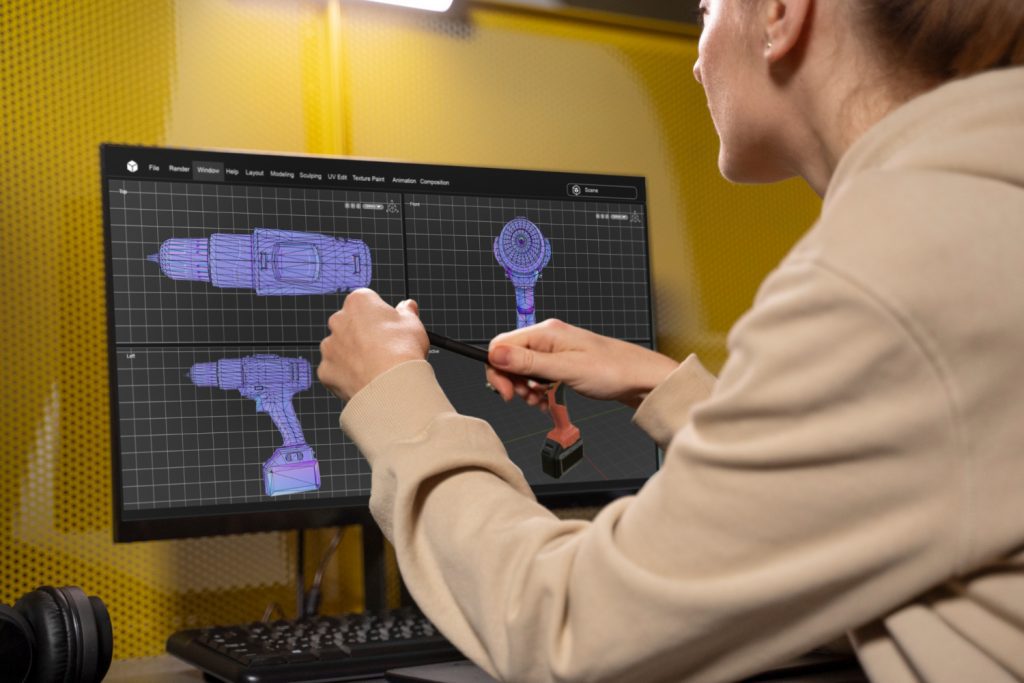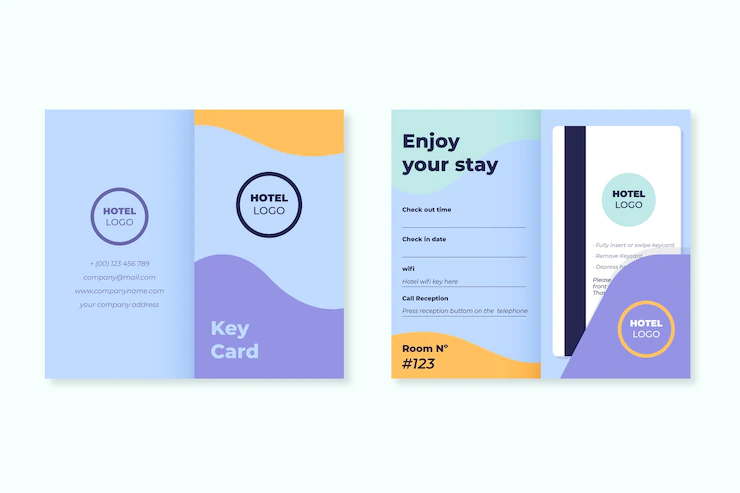Driving Innovation: Zonal Architecture in the Automotive Industry
6 Mins Read
Published on: 09 May 2024
Last Updated on: 09 September 2024

toc impalement
In automotive technology, zonal architecture has emerged as a transformative paradigm, offering a more efficient, scalable, and adaptable framework for organizing electric/electronic (E/E) systems within vehicles.
From streamlining development processes to enabling advanced features and services, the significance of zonal architecture in the automotive industry cannot be overstated.
In this article, we’ll delve into the key aspects of zonal architecture, explore its implications for vehicle design and functionality, and discuss its profound impact on shaping the future of automotive innovation.
Understanding Zonal Architecture

Definition and Concept: Zonal architecture, in the automotive industry, refers to an innovative methodology for organizing and integrating E/E systems within vehicles.
Rather than banking on today’s decentralized models with individual electronic control units (ECUs), zonal architecture brings diverse functionalities into distinct zones, each managed and controlled by a dedicated zonal controller.
Key Components: Zonal architecture automotive comprises two critical components:
- Zonal Controllers serve as the hubs for bringing the E/E systems into coordination within each zone. It also helps in establishing communication between diverse components, sensors, and actuators.
- Central Compute Units oversee the cross-domain functionalities. Simultaneously, they handle complex processing activities that transcend individual zones, enabling new features such as connectivity, infotainment, and autonomous driving within the frame.
Advantages Of Zonal Architecture

Scalability And Adaptability:
Zonal architecture offers higher scalability and adaptability. Moreover, it revolutionizes technological requisites, allowing the automotive component and systems manufacturers to expand individual zones without necessitating changes. Here, we mean changes to the entire E/E architecture.
Ultimately, this modular approach enables future-proofing and rapid integration of new technology and functionalities, helping bring in the marked shift in the overall technology.
Simplified Development Processes:
By consolidating functionalities and reducing the number of ECUs, zonal architecture streamlines development processes.
Besides, it accelerates time-to-market for new vehicle models, and enhances overall agility and responsiveness to changing market demands.
Manufacturers can focus resources on innovation and differentiation rather than grappling with the complexities of E/E integration.
Enhanced Reliability And Performance:
Zonal architecture enhances automotive systems’ reliability and performance by minimizing wiring harnesses’ complexity. Ultimately it helps reduce points of failure, and optimizes resource utilization.
Centralized management and control ensure efficient power distribution, minimized latency, and enhanced fault tolerance, improving vehicle reliability and user satisfaction.
Facilitated Over-The-Air (OTA) Updates:
With the proliferation of connected vehicles, zonal architecture simplifies the process of delivering over-the-air (OTA) updates to vehicles.
However, by consolidating software functions and decoupling hardware and software components, manufacturers can deploy software patches, feature enhancements. They can manage security fixes seamlessly, enhancing vehicle safety, cybersecurity, and user experience.
Power Advantage Of Zonal Architecture
Technicians in the automotive industry use this technology to optimize the power architecture.
Specific mentions include redesigning the smart junction boxes, which distribute power to the different ECUs in the vehicle.
The power distribution boxes are specific to the diverse models. Moreover, each box distributes the power to a specific set of loads.
However, relays and fuses in specific car box designs are usually easily accessible if fuses are required.
Moreover, in Zohe architecture, the distribution boxes are divided so that each zone has its separate distribution units.
Another key area of benefit is that the power distribution module can be the same across diverse models.
The Smart high-side switches enable a more sensible power distribution module design. However, they locate the modules nearer to the loads to make the replacement more accessible.
Implications For Vehicle Design And Functionality

Integration Of Advanced Features:
Zonal architecture enables the integration of the most advanced features and services that are challenging to implement. Moreover, they were far away from the periphery of practicality.
However, from autonomous driving competencies to infotainment systems integration, manufacturers can leverage zonal architecture to deliver innovative solutions.
Ultimately, the implementation improves the driving experience and distinguishes the company’s vehicles from those in the competitive market.
Optimized User Interfaces:
Zonal architecture facilitates the development of optimized user interfaces and driver interaction systems that prioritize usability, intuitiveness, and safety.
By consolidating control interfaces and streamlining user interactions, manufacturers can enhance driver comfort. Moreover it manages the convenience, and satisfaction, leading to improved brand loyalty and customer retention.
Modular And Customizable Configurations:
Zonal architecture enables modular and customizable vehicle configurations that cater to diverse customer preferences and market segments.
Manufacturers can offer a range of options for zonal configurations. As a result it allows customers to tailor their vehicles to suit their specific needs, preferences, and lifestyles. Consequently it helps expand the market reach and drive sales growth.
Future Outlook And Industry Trends

Continued Innovation And Integration:
As automotive technology continues to evolve, zonal architecture will play an increasingly central role in driving innovation and integration across the industry.
Manufacturers will continue to leverage zonal architecture to deliver cutting-edge features, services, and experiences that redefine the boundaries of mobility and transportation.
Collaboration And Standardization:
Collaboration among automakers, technology companies, and industry stakeholders will be essential for advancing the adoption of zonal architecture and establishing common standards and protocols.
Industry consortia, partnerships, and collaborative research initiatives will facilitate knowledge exchange, promote interoperability, and drive collective innovation in automotive technology.
Regulatory And Policy Considerations:
Regulators and policymakers must keep pace with technological advancements. They ensure that regulatory frameworks and safety standards evolve to address the unique challenges and opportunities zonal architecture presents.
However, proactive engagement with industry stakeholders will be crucial for fostering a conducive regulatory environment. Ultimately it helps promote innovation while safeguarding public safety and consumer interests.
Zonal Architecture: The Foundation For Next Generation

It is understood that social architecture is all set to become the foundation for the next generation.
We all know that it is all set to bring about a complete transformation in the automotive sector. Moreover, it will become the foundation for the next generation of vehicles.
The automotive industry is undergoing a sea change with the persistent induction of new technology. Consumers expect smooth changes in their vehicles. Moreover, they are pining for high hopes and expectations from the industry.
The consumers of the present generation expect persistent internet connectivity. Other changes include customizable driving experiences and a paradigm shift in personalized entertainment functions.
Treading hand in hand, the new generation consumers expect the feeling of safety and security while enjoying the latest features on demand. Moreover, they want dedicated application stores to be used in their vehicles.
The consumer now tends to shift their focus or attention from the vehicle to the mobile services and experiences that modern vehicles provide.
Shift From The Traditional
The traditional E/E design architecture approach is no longer viable. Complete change is always required.
The automotive industry has responded to consumer trends by integrating more ECUs. Moreover, innumerable lines of code and many specialized suppliers are getting integrated into the ecosystem.
However, the present architecture has reached its limits of scalability; that is, it can only be surpassed by a shift in technology, which invites more challenges.
- The new changes which come to the table of the new E/E architecture include:
- Hardware Consolidation Consolidating
- Wiring Optimization Consolidation of ECUs along with the latest technologies.
- Ethernet Backbone Moving.
- Wiring Optimization Consolidation.
- Software Driven Service-Oriented Architecture.
These latest approaches and technology shifts take the scalability elements into consideration. Ultimately, it enables the automotive manufacturers to meet the expectations of the new consumers. It results in bringing down the cost.
However, there have always been risks and uncertainties in embracing these groups of changes.
However, one has to agree that changes follow the pathway of risks and uncertainties. This is how technology shifts are implemented in the automotive industry. Moreover, the technology shift elevates user experiences and opens up doorways to business opportunities.
Conclusion
Zonal architecture gives automotive OEMs a more efficient, scalable, and adaptable framework for organizing E/E systems within vehicles.
Thus, by consolidating functionalities, streamlining development processes, and enabling advanced features and services, zonal architecture is driving innovation and shaping the future of automotive technology.
Read More:


















Comments Are Closed For This Article